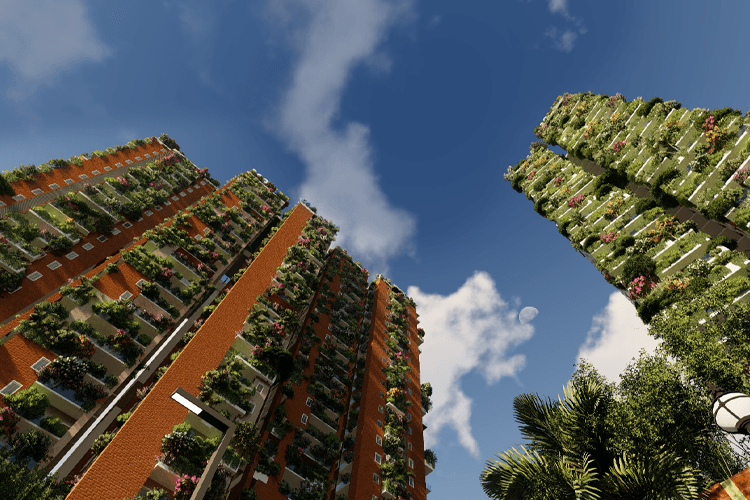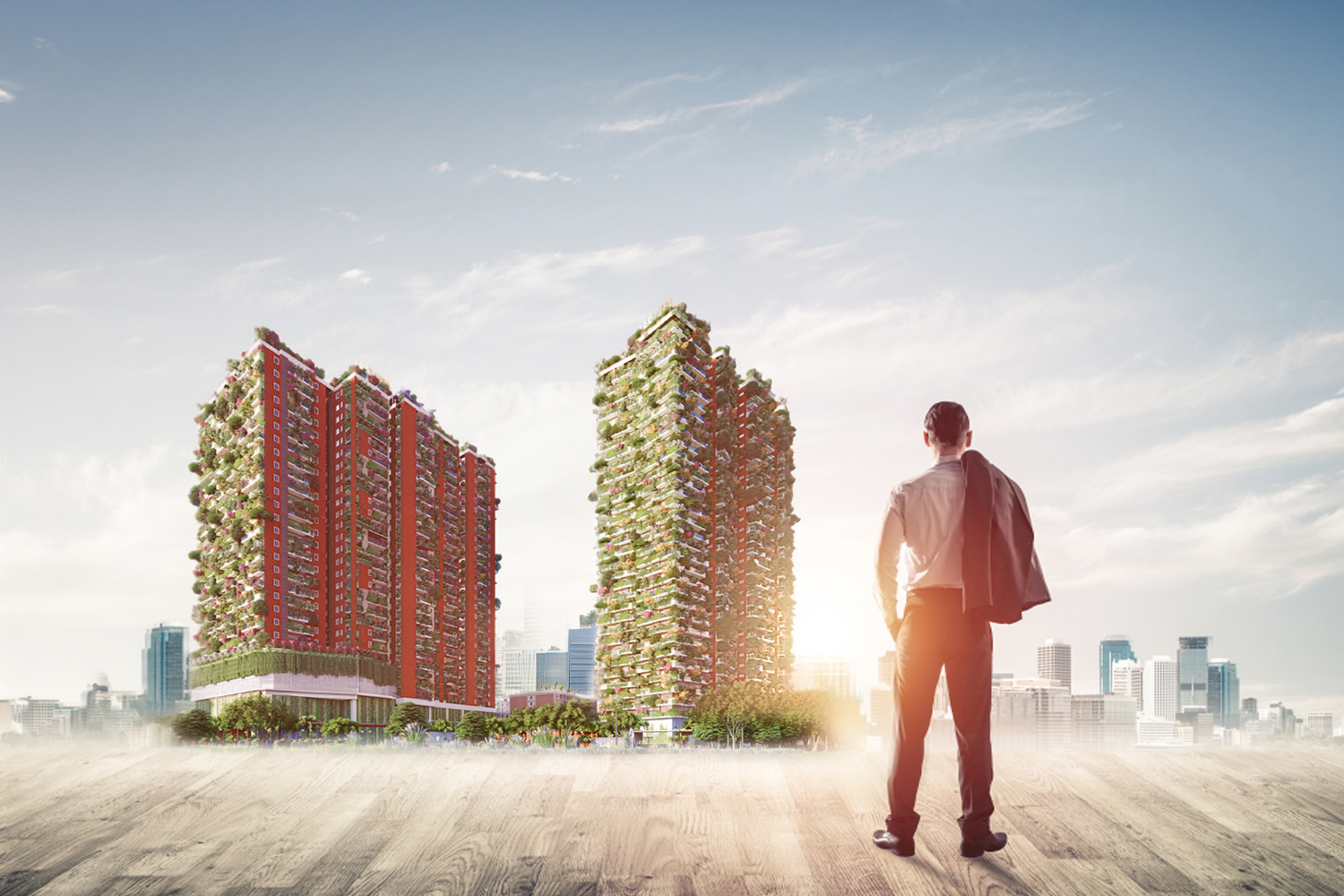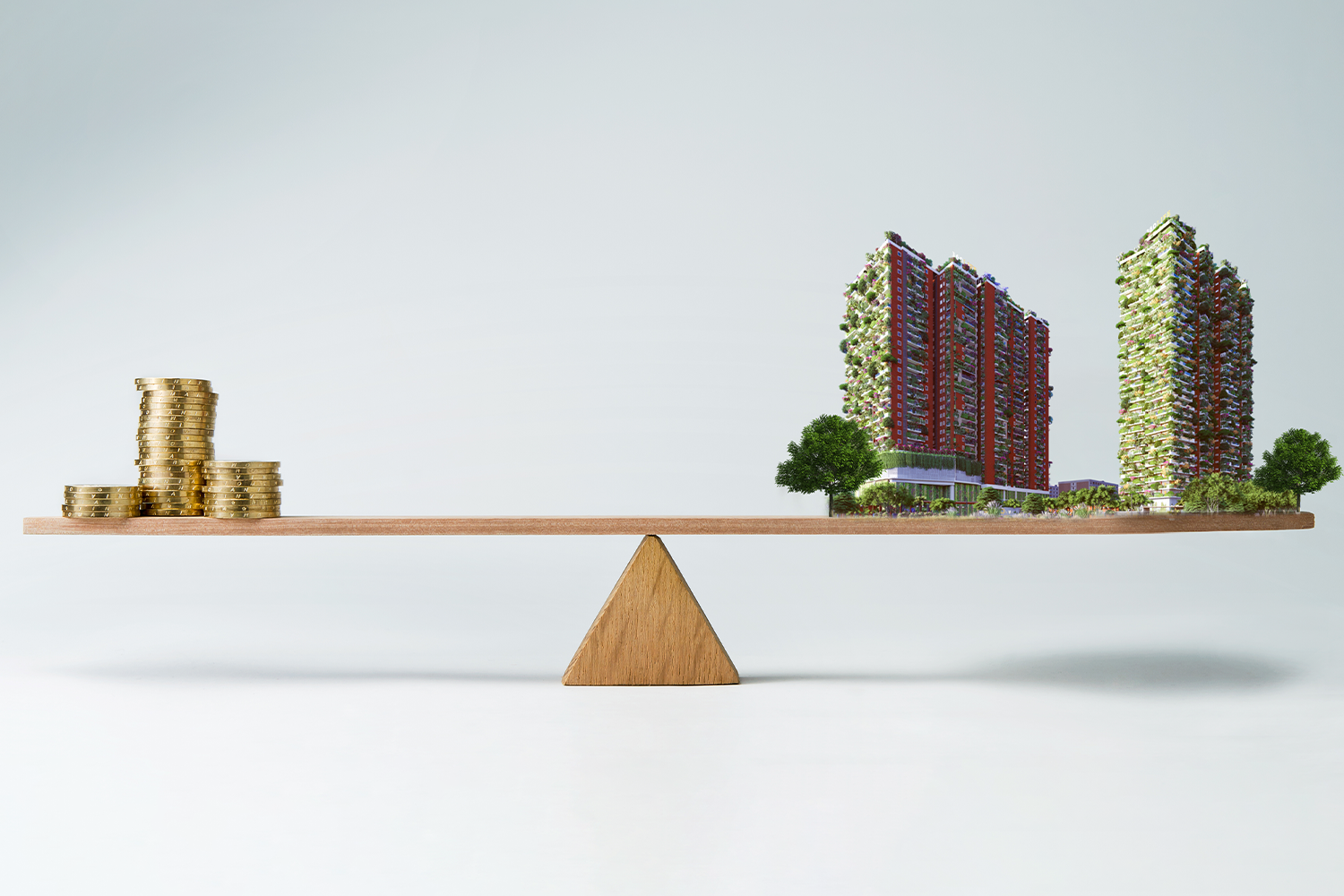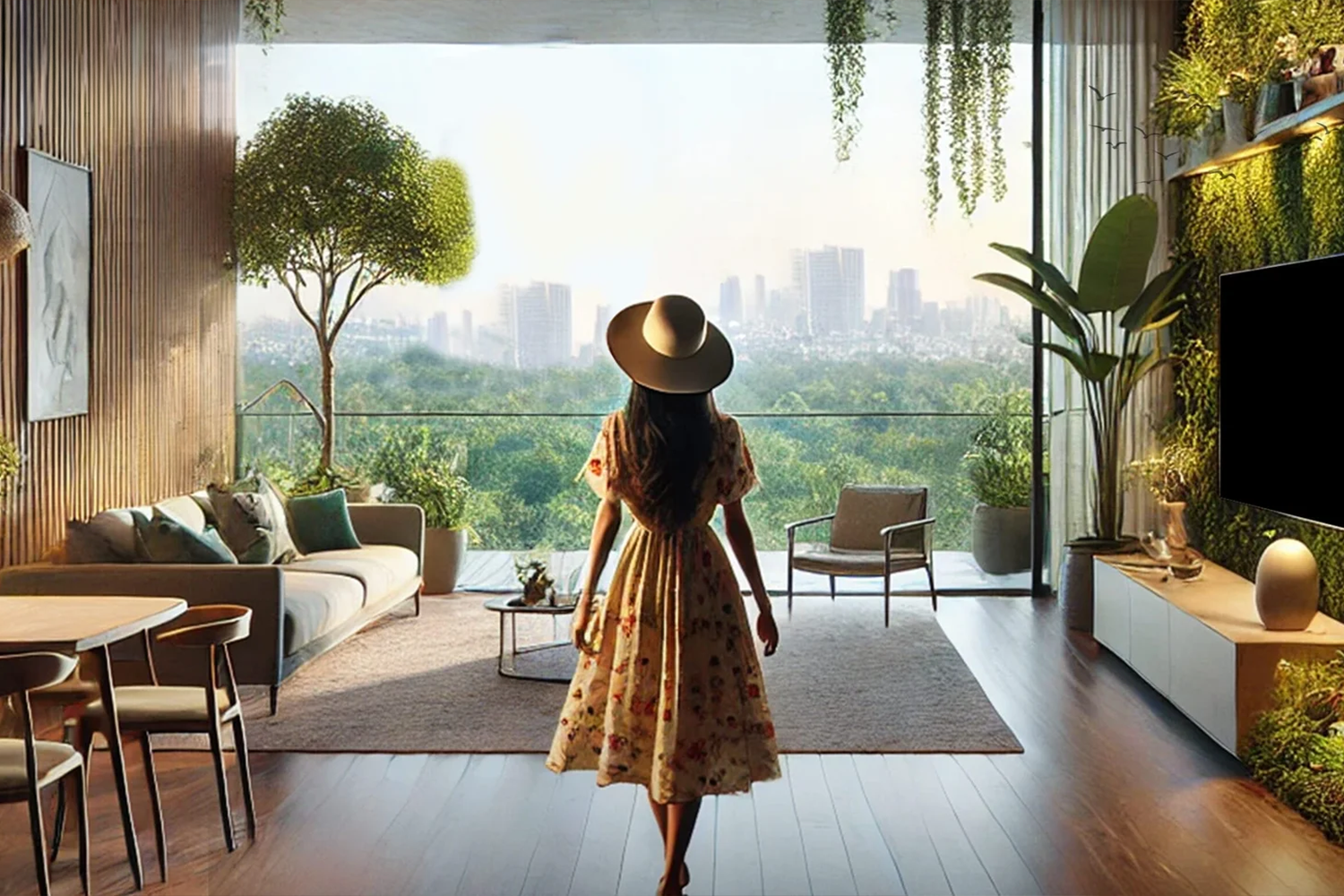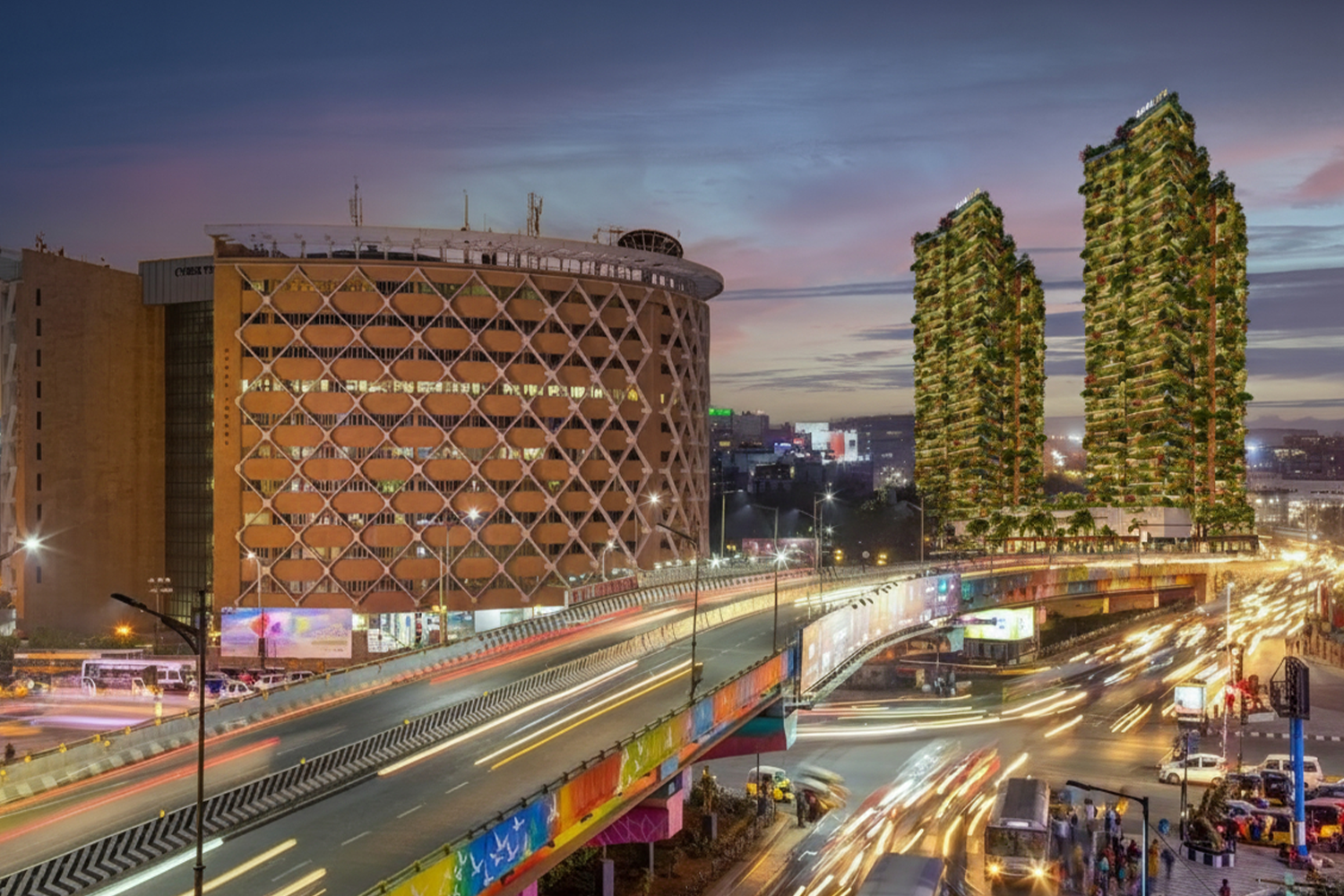As urban landscapes evolve and city skylines reach new heights, a transformative concept is taking root – vertical forest apartments. These innovative structures redefine the urban jungle and foster a sense of community in the canopy.
In this blog post, we will explore the social aspects of vertical forest apartment living and how these green skyscrapers are creating a unique sense of connectedness among their residents.
Shared Green Spaces:
One of the defining features of vertical forest apartments is the inclusion of communal green spaces suspended high above the ground. These shared areas, often featuring gardens, parks, and walking paths, serve as meeting points for residents, encouraging social interaction in a lush and serene environment.
Community Gardens and Urban Farming:
Vertical forests provide an opportunity for residents to participate in community gardens and urban farming initiatives. Cultivating plants and vegetables together promotes sustainable living and strengthens the bonds between neighbors, fostering a cooperative and supportive community.
Events and Gatherings:
The architectural design of vertical forest apartments often includes spaces for events and gatherings. From rooftop parties to yoga sessions in green terraces, these communal events provide residents with opportunities to connect, share experiences, and build a sense of belonging.
Co-Working Spaces:
Many vertical forest developments incorporate co-working spaces within their designs. These shared work environments not only cater to the modern work-from-home lifestyle but also facilitate professional networking and collaboration among residents, creating a dynamic and productive community.
Cultural and Recreational Facilities:
Vertical forest living goes beyond just providing shelter; it aims to enhance the overall quality of life. Cultural and recreational facilities such as theaters, art galleries, and fitness centers within these structures encourage residents to engage in shared activities, fostering a vibrant and culturally rich community.
Neighbourhood Support Systems:
Living near fellow residents creates a support system akin to a small neighborhood within the larger urban context. From sharing resources to looking out for one another, the close-knit nature of vertical forest communities promotes a sense of security and mutual assistance.
Interconnected Vertical Villages:
Some vertical forest developments envision multiple towers interconnected with bridges or skywalks. This design encourages residents to explore and interact with neighbors in adjacent towers, expanding the sense of community beyond individual buildings and creating a network of interconnected vertical villages.
Conclusion:
Vertical forest apartment living is not just about embracing sustainable architecture. it’s about cultivating a community in the canopy. As these green skyscrapers continue to shape the future of urban living, the social aspects of interconnectedness, shared spaces, and collaborative living are becoming integral to their design. Community in the canopy is not just a lofty idea, it’s a reality growing from the roots of vertical forests, creating a new paradigm for social living amidst the clouds.

